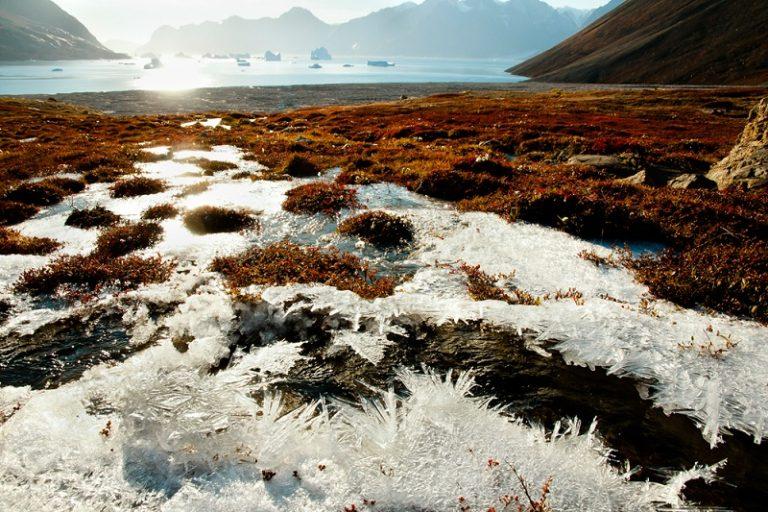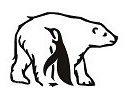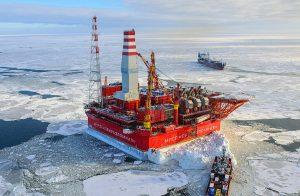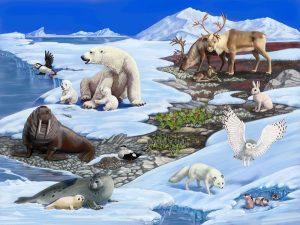
The setting sun and icy flowers
The wonders of the Arctic include the polar day and the polar night. Polar night is not necessarily total darkness all day. It’s just that the sun doesn’t rise above the horizon. Beyond the Arctic Circle, the whole day will be twilight for us. The closer to the North Pole, the darker and longer the polar night.
The polar day is the period when the Sun does not set below the horizon for more than one day. During the polar day, the Sun may not sink below the horizon for many days, but rather circle above the horizon. Its duration increases towards the pole.
Another incredibly beautiful phenomenon in the Arctic is ice flowers. These are nothing more than small crystal bushes, no more than 3-4 centimeters high. The appearance and growth of ice flowers is possible only on a thin, fresh layer of ice and if there is a large difference between the temperatures of the ice surface and the air.
Permafrost
The Arctic is not entirely covered with water or ice. There is also an earth under the polar cap of the planet, which has one very interesting feature — “permafrost”. Part of the Arctic land is called the permafrost zone. Here, the earth always remains frozen, and the internal waters in it exist in the form of ice.
The cold polar summer has time to warm only the topmost layer of the soil — from 40 cm to 2 m, no more. This layer is called “active” because only in such a thawed earth can something be done. For example, dig a hole and plant a tree.
A tall tree needs powerful roots that go deep underground to support it. But the roots of plants cannot break through the permafrost. That is why only low-growing trees and shrubs grow in the tundra, which have a small thickness of the active layer.
There are also a large number of different lichens and mosses, low grasses and polar poppies. These yellow flowers, cheerful as sunbeams, decorate the summer tundra. In autumn, many plants turn yellow and red, and then the entire tundra is covered with a fantastic carpet.
Source: Arctic. The Earth’s ice cap. Kapustina O. Yu., Ispenkova N. Yu. – Snezhnogorsk, 2022 – 16 p.


